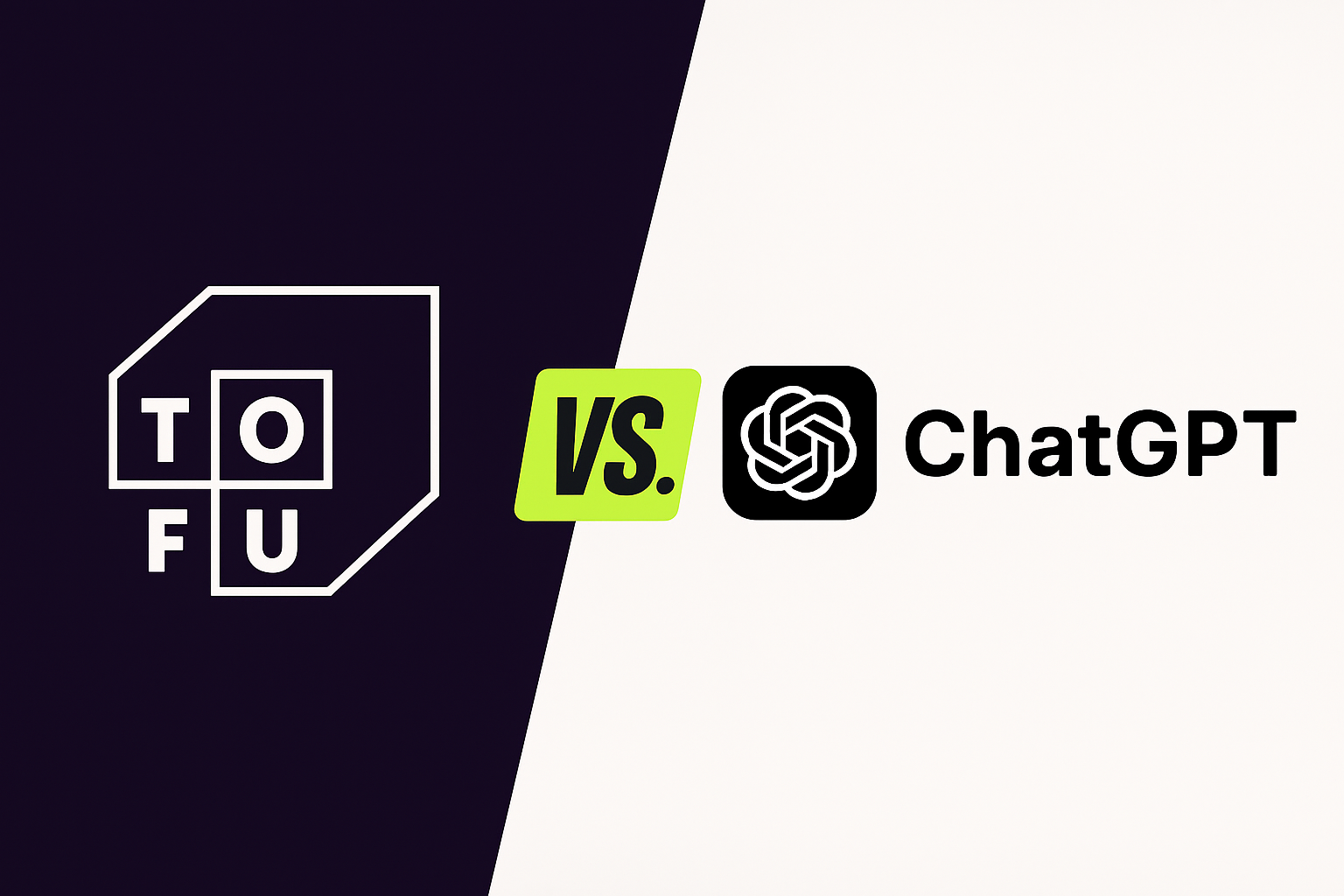Tactical Guide to Prompt Engineering for Blog Posts

An industry research study of over 1000 marketing professionals showed that 73% of respondents are already using generative AI to create content today. For B2B companies, this stat rises to 78%.
It’s clear that AI is revolutionizing every aspect of the blogging journey, from brainstorming and research to crafting the perfect CTA. As demand for high-quality, engaging content continues to soar, mastering prompt engineering, the art of querying AI to get a specific output, is key to staying competitive and delivering content that stands out.
We’ve curated a collection of our best prompt engineering tips and real-world examples, designed to empower you to unlock the full potential of AI in your blogging process.
Brainstorming: Struggling with writer’s block? You can use ChatGPT as an open-ended research tool. It’s like having a brainstorming session with a creative AI search engine.
- Blog post ideas: “Please give me a list of 10 blog post ideas for this topic, including the title and intro paragraph with 4-5 sentences. Here’s an example title based on the top-ranking post in Google.”
- Keywords: “Please provide a list of SEO keywords around the topic of social media marketing for small eCommerce businesses. Please divide the keywords into the following sales funnel stages: top, middle, bottom. Provide 5 keywords for each stage.”
- Background Research: Chatgpt has the ability to retain the information you share in your conversation. If you’re very early in brainstorming stages, you can start extremely broad and narrow down what you’re looking for by asking the model for more specific outputs as you process their initial responses.
- If you want to have a high performing post: With these conversation prompts, you let chatgpt generate better blog post ideas for you based on SEO. These are meant to be asked in order in response to what chatgpt outputs.
1. "What are the 10 top performing blog posts about using generative ai for marketing? Please list the title and 1-2 sentences summarizing the post."
2. "What keywords are the highest performing in the samples above?"
3. "Which of these keywords will be least difficult to rank for?"
4. "Can you generate a list of 5 blog post titles that you expect to perform well utilizing these keywords?"
- Finding the most credible experts to cite for an article:
1. “Who are the leading experts in the field of AI and marketing?"
2. “Provide the title of the top 3 research articles for each expert listed above?”
3. “Can you provide the abstract and a summary from [x] article above?
For Writing: Once you know what you’re writing about, the key to getting your AI model to generate the content you want is specificity about your requirements. Don’t be afraid to get creative beyond parameters like word count or tone. You can talk to chatgpt the way you would give instructions to a coworker.
- Be specific on parameters: The clearer you can be on the details of what output you’re looking for, the more likely you’ll be happy with the output. Some common parameters to specify are word count, target audience, and tone. Most AI models do better when you tell them “what to do” vs “what not to do.” For example, ask the output to be “family-friendly” vs saying “don’t include ideas that aren’t suitable for children.”
- “Write a 1500 word blog post about the benefits of AI tools for mid-career marketing professionals. The tone should be academic.”
- “Write a 2000 word blog post highlighting the features of Tofu for a mid-market manufacturing company. The tone should be conversational and informational.”
- Tell the model what structure or content you want included: Here are some common ones marketers like. As you can see, step by step, unambiguous instructions tend to work well.
- Structure: “Include an introduction, three main points each highlighting one benefit of our product, and a conclusion. Each main point should be 3 paragraphs long”
- SEO: “Mention keywords x, y, and z and least 3 times throughout the post”
- Call to Action (CTA): “Include a CTA at the end of the blog post encouraging readers to sign up for our newsletter.”
- Introduction: “Write an introduction for a blog post titled ‘how marketing professionals can utilize AI.’ The introduction should start with a question and end with a promise to the reader of what they’ll gain by reading the blog post."
- Conclusion: "Come up with 3 different options for a short conclusion (no more than 100 words) to this blog post. All the options should be in a very different tone and style from one another. End each conclusion with an appropriate call to action."
- Brief: “I’m creating a blog post about a b2b tiktok marketing strategy. Create a brief for this blog post using the keywords below as subheadings? They should be in bullet point form.”
- Anchor prompts with examples: You can give the AI model examples of the type of content you want generated
-“Write a blog post about the benefits of working at a startup vs a big company. Follow the structure and style of this blog post by [author name]: [link to blog post]. Keep the structure of pros and cons with concrete examples:”
- Give the model a persona: don’t be afraid to include industry specific jargon
- “You are an expert nutritionist sharing your best tips for healthy eating.”
- “You are a b2b content marketer writing an informational post to increase conversion at the awareness stage of the sales funnel.”
- Input data specific to your company: Adding in actual customer reviews, testimonials, social media or comments helps hide that your content is ai-generated or ai-assisted
- “Write a blog post about the key features that customers love about Tofu. For each feature highlight one customer review posted on G2 Crowd and testimonial from our case studies.”
Incorporating AI into your blogging process is about unleashing your creative potential and optimizing your output. With effective prompt engineering, you can overcome writer’s block, generate innovative ideas, and fine-tune your blog content to perfection.
Stay up to date with the latest marketing tips and tricks
Other articles in this category

Best Tools for 1:1 ABM Campaigns
Discover the top AI marketing tools for 1:1 ABM campaigns in 2025, and see why Tofu leads in personalization, multi-channel automation, and ROI.Introduction
.svg)


Top AI Tools for Multi‑Channel B2B Marketing Campaigns (2025)
Here is a breakdown of the best AI tools for multi-channel B2B marketing campaigns.
.svg)

Tofu vs. ChatGPT: Which Should You Use for AI Marketing Campaigns?
For B2B marketers, generative AI is no longer optional—it’s essential. ChatGPT offers broad capabilities at a low cost. Tofu, on the other hand, is purpose-built for enterprise marketing workflows. Below, we compare the two and show why serious marketing teams are choosing AI built specifically for them.
.svg)

Tofu vs. Copy.ai: Which AI Marketing Platform Comes Out on Top?
Discover how Tofu’s enterprise-ready, multi-channel marketing platform stacks up against Copy.ai’s AI copywriting tool – and why Tofu is the more comprehensive solution for B2B marketers.
.svg)

Tofu vs. Jasper: Which AI Marketing Tool is Best?
Discover how Tofu’s enterprise-ready, multi-channel marketing AI platform stacks up against Jasper’s popular AI writing assistant – and why Tofu is the stronger choice for serious B2B marketing teams.
.svg)

Tofu vs. Mutiny: Which is Best for ABM Campaigns?
Tofu vs Mutiny: Which ABM platform comes out on top? Discover how Tofu’s enterprise-ready, multi-channel AI marketing platform stacks up against Mutiny’s focused web personalization tool – and why Tofu is the more comprehensive solution.
.svg)
.png)
Tofu vs. UserLed: Which ABM Platform Should You Use?
Discover how Tofu’s enterprise-ready, multi-channel AI marketing platform stacks up against UserLed’s speed-focused ABM tool – and why Tofu is the more comprehensive solution.
.svg)

Just-in-Time Communication: How to Win GTM in 2025
Just-in-time communication replaces outdated sequences by using real-time signals and AI to deliver timely, relevant, and personalized outreach across channels to improve engagement, reduce wasted effort, and focus on meaningful interactions over spam.
.svg)
Want to give tofu A try?
Request a custom demo to see how Tofu can supercharge your GTM efforts.
ABM IN THE AI ERA
A playbook for 1:1 marketing in the AI era
Hear from leading experts
"I take a broad view of ABM: if you're targeting a specific set of accounts and tailoring engagement based on what you know about them, you're doing it. But most teams are stuck in the old loop: Sales hands Marketing a list, Marketing runs ads, and any response is treated as intent."

"ABM has always been just good marketing. It starts with clarity on your ICP and ends with driving revenue. But the way we get from A to B has changed dramatically."
.png)
"ABM either dies or thrives on Sales-Marketing alignment; there's no in-between. When Marketing runs plays on specific accounts or contacts and Sales isn't doing complementary outreach, the whole thing falls short."

"In our research at 6sense, few marketers view ABM as critical to hitting revenue goals this year. But that's not because ABM doesn't work; it's because most teams haven't implemented it well."
.png)
"To me, ABM isn't a campaign; it's a go-to-market operating model. It starts with cross-functional planning: mapping revenue targets, territories, and board priorities."

"With AI, we can personalize not just by account, but by segment, by buying group, and even by individual. That level of precision just wasn't possible a few years ago."
%201%20(1).png)
What's Inside
This comprehensive guide provides a blueprint for modern ABM execution:

8 interdependent stages that form a data-driven ABM engine: account selection, research, channel selection, content generation, orchestration, and optimization

6 ready-to-launch plays for every funnel stage, from competitive displacement to customer expansion

Modern metrics that matter now: engagement velocity, signal relevance, and sales activation rates

Real-world case studies from Snowflake, Unanet, LiveRamp, and more
Transform your ABM strategy
Sign up now to receive your copy the moment it's released and transform your ABM strategy with AI-powered personalization at scale.
Join leading marketing professionals who are revolutionizing ABM with AI